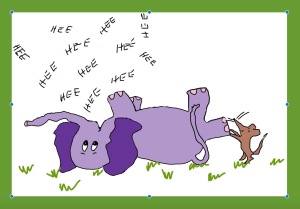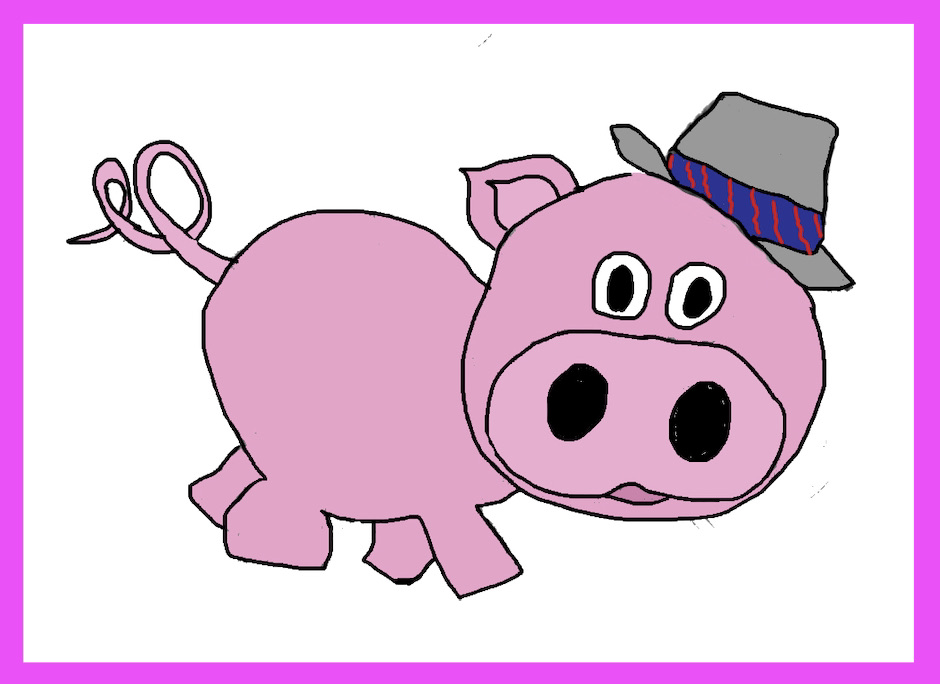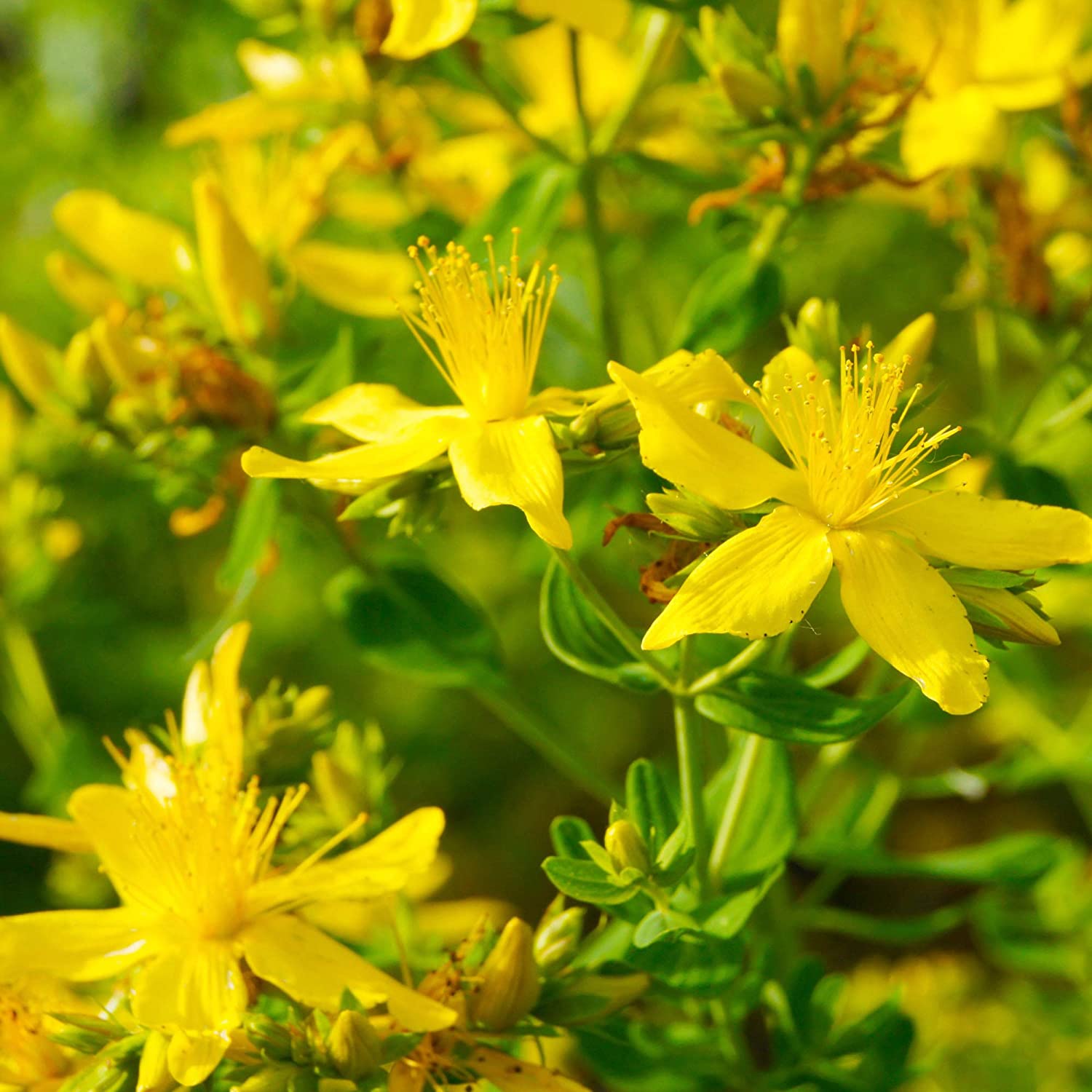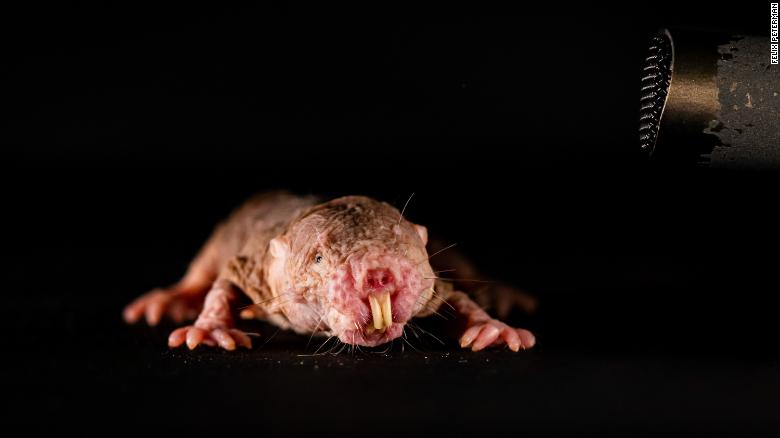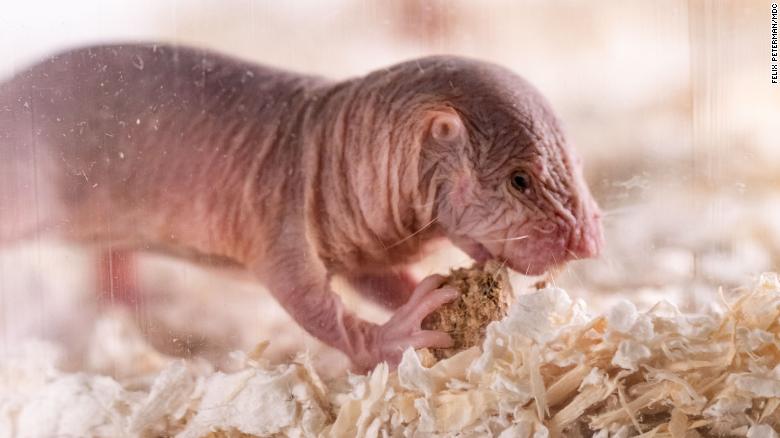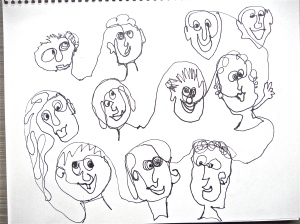|

The best laid plans . . . Some of you got our January 2023 PeggyJudyTime NEWs announcing our new site. Most of you did not as we learned, after the fact, that our new carrier only sent out a limited number. It feels like we’ve been sucked into the black hole of cyber technology for the past 45 days DESPERATELY trying to figure out how to import, deport, report, clean-up, clean-out, freak-out mailing lists. SO! . . . .
1. If you didn’t receive the January PJT News click here and find our Happy New Year, Happy New Site news and it’s contents on:
- Viral Kindness
- Procrastination Styles
- Hardwired for Laziness
- a FREE Reduce Anxiety PDF
- and MORE!
2. If you get duplicate newsletters please let us know. peggyjudytime@gmail.com. Just click and we’ll receive the message.
Peggy is leading a “relatively” normal life, given that invisible and silent viruses fit into the realm of things-that-go-bump-in-the-night. (We said BUMP so don’t get all Politically Correct and e-mail Peggy in aghast . . .) She’s taking precautions, grocery shopping in the wee morning hours when the only people in the store are being paid to be there, wearing her masks fashionably positioned just above the flare of her nose, visiting her granddaughter Lucy, meeting her friends in the great outdoors where fewer virus dare to tread. AND putting up with Judy’s deluge of e-mails asking techno questions that Peggy can’t answer either.
Judy is still curled in a fetal position on the closet floor given she just had the go-ahead for a booster vaccination. She is mainly playing by herself (settle down, it’s not what you think so don’t e-mail Judy in aghast . . . ): She is signed up for the new semester of on-line art classes so stay tuned for new masterpieces; AND she gave her husband an electric keyboard for his birthday in retribution for when he gave her a Total Gym for her birthday. She can now play Jingle Bells with her right hand while her left hand fumbles around looking for chords, gives up and curls into a fetal position in her lap.
___________________________________


LOVE, HEARTBREAK & YOUR BRAIN
Oxytocin is key
“The brain system which determines long term commitment was discovered first in prairie voles. One species is monogamous and another closely related one is promiscuous. It turns out that the differences in their oxytocin systems is behind the different behaviors. Oxytocin helps couples stay together. Not just in voles, as neuroimaging studies in humans who say they are in love also show that oxytocin is the key element.”

cute prairie voles
“Drugs are already available to release oxytocin, (some are not legal), and experimentation of new substances such as MDMA and ayahuasca, an Amazonian hallucinogenic. . . . ”’
“. . . the drugs we have now do not last long enough to be effective at improving romance. “You probably want to teach your brain to produce oxytocin when you actually meet your partner, . . . . “You want to teach the brain: This is the person I’m together with.”’
“In some senses, though, we already interfere with the pathways of long-term love . . . “
WHY DOES HEARTBREAK HURT SO MUCH?
It has been said that pain from loss of a loved one – whether it be a person or a pet – is equal to the depth of our love. There is also a
a physiological reason why heartbreak can be such a painful experience, and symptoms aren’t just in the mind.
“When you fall in love, there is a natural outpouring of hormones,” Dr. Deborah Lee, (a medical writer for Dr Fox Online Pharmacy in England), told Live Science. These include the ‘cuddle’ hormone oxytocin and the ‘feel-good’ hormone dopamine. But when you fall out of love, levels of oxytocin and dopamine drop, while at the same time there is an increase in levels of one of the hormones responsible for stress — cortisol.”
Social rejection, such as breaking up with a partner, also activates areas of the brain associated with physical pain, noted a 2011 study in the journal Biological Sciences.
“While heartbreak can be devastating, romantically bonding — and the pain people experience when these bonds are broken — may be a trait that humans have evolved to help them survive, Ryden said.
“There is a large literature on the importance for survival of social bonding and secure attachment,” he said. “The risk and effects of heartbreak can be thought of as part of a motivational drive towards finding a secure attachment with a romantic partner.”
https://neurosciencenews.com/sense-intuition-consciousness-22296/


JUST IN TIME FOR VALENTINES DAY . . . 2024 . . .
You’re in luck. The Zoo does this every year!
Hey! We aren’t making this up as evidenced by the quotation marks. We think (“we” probably meaning Judy) it’s a great way to show respect, if not love, for all God’s creatures.
“2023 marks the 12th year of the zoo’s Name a Roach program, which offers customers an unusual way to express their love for their significant other.”
“Yes, you heard that right—anyone will have the chance to bring out their hopeless romantic side by naming a Madagascar hissing cockroach after their special someone for Valentine’s Day for just $15!”
“The zoo offers thousands of cockroaches for you to name that are on display in Madagascar, which is an award-winning habitat for lemurs, crocodiles, and plenty of other species from the African island nation.”
“In addition to getting a cockroach named after them, your Valentine will also receive a certificate with the name chosen in their honor to memorialize the thoughtful gift. On top of that, all orders can be upgraded to include merchandise like a roach tumbler, a roach tote bag, or a special virtual Bronx Zoo animal encounter with a live Madagascar hissing cockroach.”
“Customers can purchase the tumbler or tote for an additional $35 on top of the certificate. Adding on the wild encounter is $60, and if you wish to have the tumbler, tote, wild encounter, and certificate, that would come to $75.”
“The money benefits the Bronx Zoo and the nonprofit organization, Wildlife Conservation Society, which is dedicated to saving wildlife and wild places in New York and around the world, according to a press release shared with Parade.”
“Since the inauguration of the program in 2011, thousands of passionate lovers from around the world have named their friends, family, boyfriends, girlfriends, fiancés, wives, husbands—you name it—after a Madagascar hissing cockroach.”
“These supersized bugs are said to reach up to 4 inches long and are the world’s largest roach species. As they’re named “hissing” cockroach, they do, in fact, hiss, but only as a defense mechanism. This variety of roach is not considered to be a “pest” and are said to rarely enter homes.”
“So, what are you waiting for? Get your Valentine a Madagascar hissing cockroach to express your love in the best way possible, because “roaches are forever,” according to the zoo’s website.”
______________________________

“Roses are red
Violets are blue
since dogs can’t eat chocolate
neither should you”
__________________________________


Cute chocolate by judy
Chocolate’s Secret Power“Scientists believe they have discovered the secret power of chocolate – that unique characteristic that makes many of us feel like we’re almost addicted to it.”
“Forget its taste, or its divine smell . . . The texture alone can keep us hooked, according to a team of experts at the University of Leeds, in the UK.”
“Chocolate has a way of melting in the mouth that other similarly delicious sweets and food just don’t have. The secret, scientists say, is that there’s a fatty film coating the harder centre in chocolate which, oddly enough, our mouths can’t get enough of.”
“In their study, published in ACS Applied Material and Interfaces, the researchers analysed the process that takes place when we eat chocolate, focusing on texture rather than taste.”
“They found that the fat contained in chocolate plays a key function almost as soon as the treat comes into contact with the tongue – something the experts call “the chocolate sensation”.
That initial smoothness is something that chocolate brands actively seek and promote. Take the commercials for some of the most famous chocolate brands in the world, which often feature a person popping a piece of chocolate in their mouth, and the world suddenly coming to a halt the moment it touches their tongue.
The commercials work because most of us chocolate lovers know that feeling and the lingering pleasure that comes with it.
Towards ‘healthier’ chocolate?
“And yet that melt-in-mouth feeling is not really helping us live a healthier life. In fact, it’s doing quite the opposite, forcing us to desperately chase that moment of bliss and self-indulgence.”
“The British scientists at the School of Food Science and Nutrition in Leeds are not suggesting that you give up that mouth feel entirely.”
“They’re instead hoping that their discovery can be used by chocolate brands to make chocolate healthier while maintaining that smoothness that we love so much.”
“The goal would be to recreate that melting sensation in healthier chocolate, which despite containing less fat would feel just as satisfying as high-fat chocolate.”
“The study is the first of its kind to study how chocolate interacts with our tongue during the first stage of eating chocolate, which scientists call “the licking process” or “the solid lubrication of chocolate” and say “remains principally unexplored”.
https://apple.news/AxBZGJ1fLRMy99nI8SS_s2w
______________________________________
Test out how chocolate interacts with your tongue and try this recipe
3-INGREDIENT FLOURLESS CHOCOLATE CAKE
A decadent, gluten-free flourless chocolate cake recipe with no added sugar necessary!
(No spring form pan? Use small greased ramekins in a water bath for about 25 minutes.
No expensive chocolate? Use cheap dark chocolate morsels, )
INGREDIENTS
- 8 large eggs, cold
- 1 lb. dark, semisweet or bittersweet chocolate, coarsely chopped
- 16 Tbsp. (2 sticks) unsalted butter, cut into 16 pieces
- optional toppings: powdered sugar and/or berries
INSTRUCTIONS
- Adjust an oven rack to the lower-middle position and heat the oven to 325°F. Line the bottom of an 8-inch springform pan with parchment paper or waxed paper and grease the sides of the pan. (Be sure to grease the sides really well!) Wrap the outside of the pan with 2 sheets of heavy-duty aluminum foil and set it in a large roasting pan, or any pan that’s larger than the springform. Bring a kettle or pot of water to boil.
- Beat the eggs at high speed until the volume doubles. This usually takes about 5 minutes in a stand mixer.
- Meanwhile, melt the chocolate and butter together. You can either do this in a double boiler on the stove (by placing the chocolate and butter in a large heatproof bowl, set over a pan of almost-simmering water, and stirring until melted and smooth). Or you can do this in the microwave (by heating the chocolate and butter in a microwave-safe bowl in 30-second intervals, stirring in between, until the chocolate and butter are melted and smooth). Then fold about a third of the beaten eggs into the chocolate mixture using a large rubber spatula until only a few streaks of egg are visible. Fold in half of the remaining egg foam, and then the last half of the foam, until the mixture is totally homogenous.
- Scrape the batter into the prepared springform pan and smooth the surface with a rubber spatula. Place the roasting pan on the oven rack and VERY carefully pour in enough boiling water to come about halfway up the sides of the springform pan. Bake until the cake has risen slightly, the edges are just beginning to set, a thin-glazed crust (like a brownie) has formed on the surface, (and an instant-read thermometer inserted halfway into the center reads 140° F,) 22-25 minutes. Remove the springform pan from the water bath and set on a wire rack; cool to room temperature. Cover and refrigerate until cool. (The cake can be refrigerated for up to 4 days.)
- About 30 minutes prior to serving, carefully remove the sides of the springform pan, invert the cake onto a sheet of waxed paper, peel off the parchment paper, and invert the cake onto a serving platter. If desired, lightly dust the cake with powdered sugar and top with berries. To slice, use a sharp, thin-bladed knife, dipping the knife into a pitcher of hot water and wiping the blade before each cut.
Recipe adapted from Cooks Illustrated http://www.cooksillustrated.com/
Find it online: https://www.gimmesomeoven.com/flourless-chocolate-cake/
_____________________________________

We are continuing to put MAXyourMIND posts (devoted to brain research and how it impacts physical, emotional and mental well-being), CURIOUStotheMind and The HeART of Spirituality posts on our new site PeggyJudyTime.com Here’s an interesting intersection of both neuroscience and spirituality, a study using functional MRI brain scans which examines religious and spiritual experiences. Here’s an excerpt:
Religious and spiritual experiences activate the same reward systems between your ears as do feelings of love, being moved by music and even doing drugs.
The researchers found that certain brain regions consistently lit up when the participants reported spiritual feelings.
“The brain regions included:
- the nucleus accumbens, which is associated with reward
- frontal attentional, which is associated with focused attention
- ventromedial prefrontal cortical loci, associated with moral reasoning
“I appreciated how they went about trying to ascertain the degree of spiritual experience that a person has. Of course, there is always a subjective component to it, but they seemed to capture it relatively well,” said Dr. Andrew Newberg, a neurotheologian and professor of emergency medicine and radiology at Thomas Jefferson University who was not involved in the study.””He added that the new study further supports previous research that has associated spiritual and religious experiences with complex neural networks.”
“Although the study subjects were all Mormons, more research is needed to determine whether similar findings could be replicated in people of other faiths, such as Catholics, Muslims Protestants, Bahai’s, and Christian Evangelicals.”
“Yet the study also corroborates prior studies of various prayer and meditation practices that found changes in the attentional areas of the brain and also the striatum,” a part of the brain associated with the reward system.”
Social Neuroscience Journal Courtesy of the University of Utah Health Sciences
http://www.cnn.com/2016/11/29/health/religious-brain-mormon-mri/index.html

Namaste!
WWW.PeggyJudyTime.com
|















































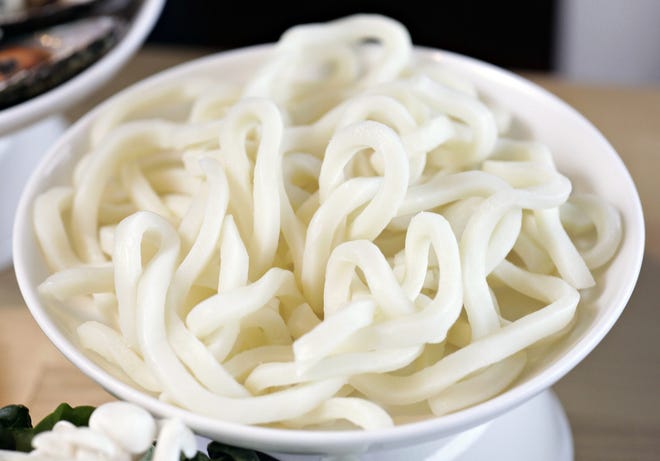







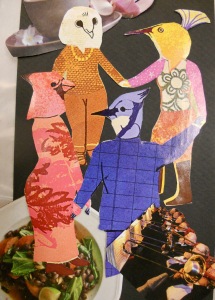



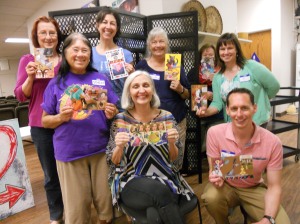
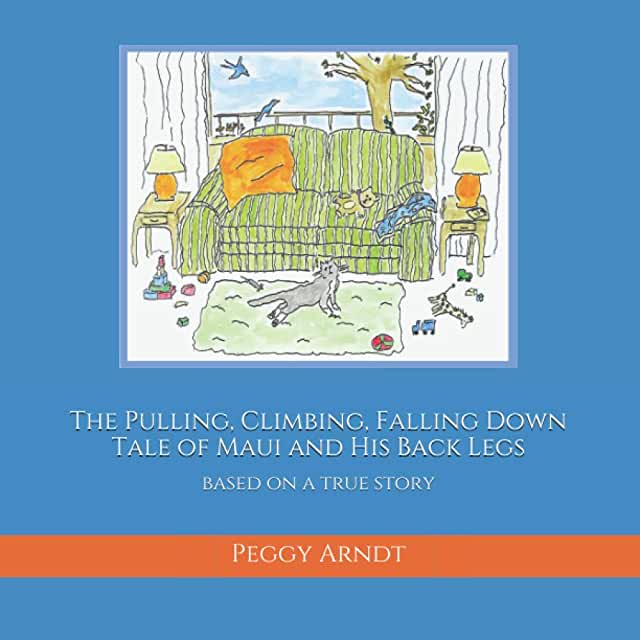






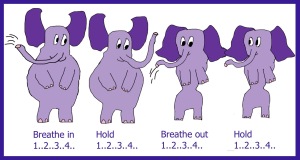






















 Put seeds in a bowl of water, and add a bit of vinegar before you cover the bowl and soak for
Put seeds in a bowl of water, and add a bit of vinegar before you cover the bowl and soak for  Vinegar acts like a food for your flowers. The next time you water, add
Vinegar acts like a food for your flowers. The next time you water, add 






















